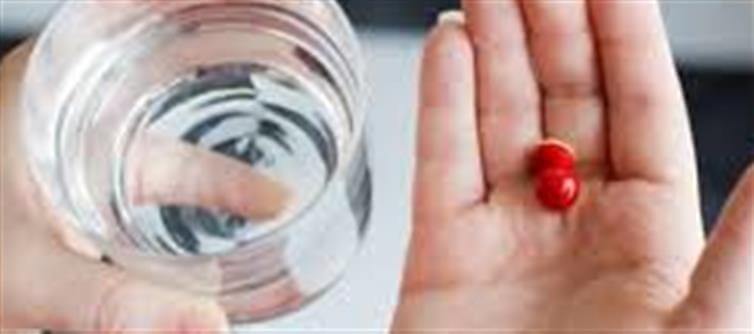
Doctors emphasize that water helps pills go down smoothly and start dissolving properly in your stomach. Without enough water, tablets or capsules might get stuck in your throat or esophagus, causing irritation, discomfort, or even damage.
What Happens When You Don’t Drink Enough Water?
· Poor Absorption: Insufficient water can prevent the pill from dissolving properly, reducing how well your body absorbs the medicine. This means the drug might not work as intended.
· Throat Irritation: Pills stuck in the throat can cause soreness, inflammation, or ulcers.
· Risk of Side Effects: Certain medicines, like antibiotics or painkillers, can cause irritation or damage to the esophagus if not washed down properly.
· Delayed Effects: If the pill dissolves too slowly, the onset of the medicine’s action may be delayed, affecting your treatment.
How Much Water Should You Drink?
Doctors generally recommend at least a full glass of water (about 200-250 ml) when taking any oral medication. This amount helps:
· Ensure the pill reaches the stomach quickly.
· Avoid it getting lodged anywhere in the throat or esophagus.
· Aid smooth absorption of the drug.
Special Tips from Experts
· Avoid Other Drinks: Water is best. Avoid taking pills with tea, coffee, juice, or soda, as these can interfere with medication absorption or cause side effects.
· Sit Upright: Always take medicines while sitting or standing to help the pill go down easily.
· Follow Specific Instructions: Some medicines require you to take them with food or on an empty stomach. Always follow your doctor’s or pharmacist’s advice.
· Don’t Chase with More Liquids Right Away: After swallowing a pill, avoid immediately following it with more drinks, as this can cause regurgitation or choking.
Final Thoughts: Water Is Your Medicine’s Best Friend
Next time you reach for your tablets, remember the simple but powerful role water plays. Drinking enough water not only makes swallowing easier but also ensures your medicine works effectively and safely.
Disclaimer:
The views and opinions expressed in this article are those of the author and do not necessarily reflect the official policy or position of any agency, organization, employer, or company. All information provided is for general informational purposes only. While every effort has been made to ensure accuracy, we make no representations or warranties of any kind, express or implied, about the completeness, reliability, or suitability of the information contained herein. Readers are advised to verify facts and seek professional advice where necessary. Any reliance placed on such information is strictly at the reader’s own risk..jpg)




 click and follow Indiaherald WhatsApp channel
click and follow Indiaherald WhatsApp channel